Network connectivity stalls, frequent Wi-Fi drops, or persistent DNS errors often trace back to misconfigured network settings, outdated drivers, or conflicting software. Resetting network settings in Windows 11 restores all network-related components to their original state, removing saved Wi-Fi profiles, custom DNS, proxy settings, and VPN configurations. This process is a direct way to resolve stubborn network issues without reinstalling the operating system or losing personal files.
Reset Network Settings Using Windows Settings
Step 1: Open the Windows Settings app by pressing Windows + I. This shortcut opens the main configuration hub for your system.
Step 2: In the left sidebar, select Network & Internet. This section manages all network connections and configurations.
Step 3: Locate and click Advanced network settings. This menu contains additional options for network management.
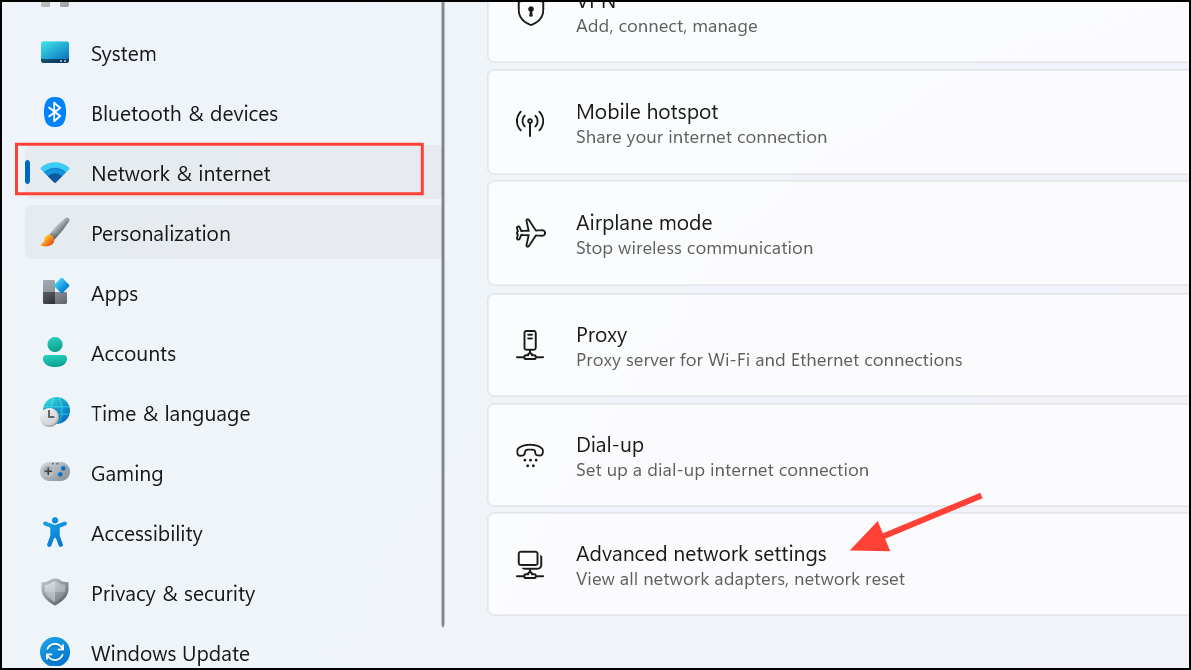
Step 4: Under the "More settings" section, choose Network reset. This option initiates the process to remove and reinstall all network adapters and revert related settings to their defaults.
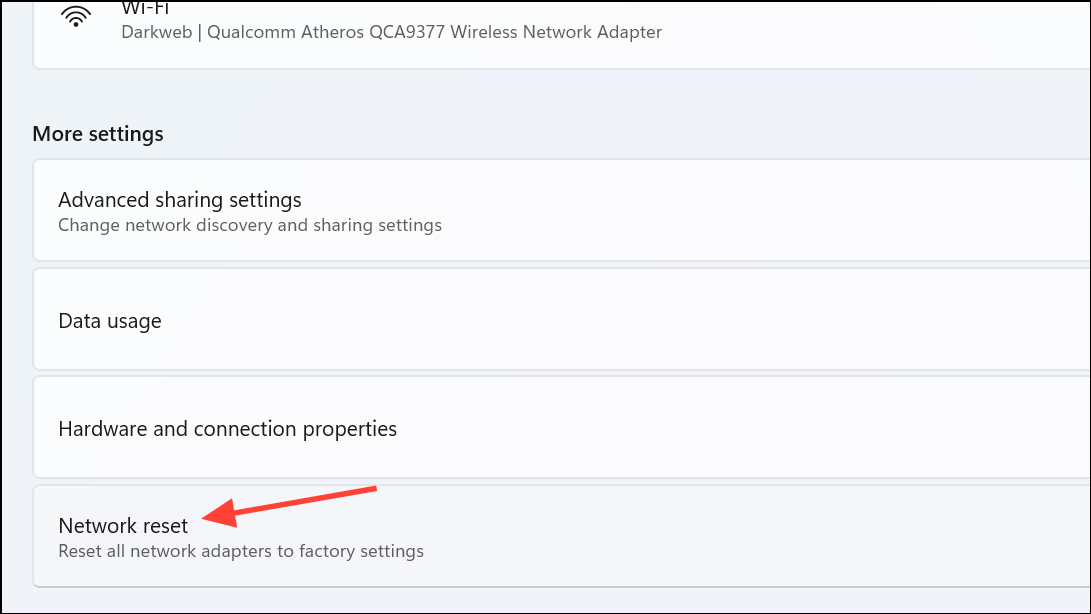
Step 5: On the Network reset page, select Reset now. A confirmation prompt will appear, explaining that all network adapters will be removed and reinstalled, and all custom settings—including Wi-Fi networks, static IPs, DNS, VPN, and proxy—will be erased.

Step 6: Confirm by selecting Yes. Windows 11 will schedule a restart, typically within five minutes. Save your work and close any open applications to prevent data loss.
Step 7: After the restart, Windows reinstalls the default drivers for your network adapters. All network settings are now restored to their factory defaults.
Following the reset, reconnect to your Wi-Fi networks by selecting them from the available list and entering their passwords. If you use VPN or custom DNS settings, reconfigure them as needed. For static IP requirements, manually set the IP address and DNS entries via the network adapter properties.
Reset Network Settings Using Command Prompt
For users who prefer command-line tools or need to automate the process, resetting network settings via Command Prompt provides granular control over individual network components.
Step 1: Open Command Prompt with administrator rights. Press the Start key, type cmd, right-click Command Prompt, and select Run as administrator.
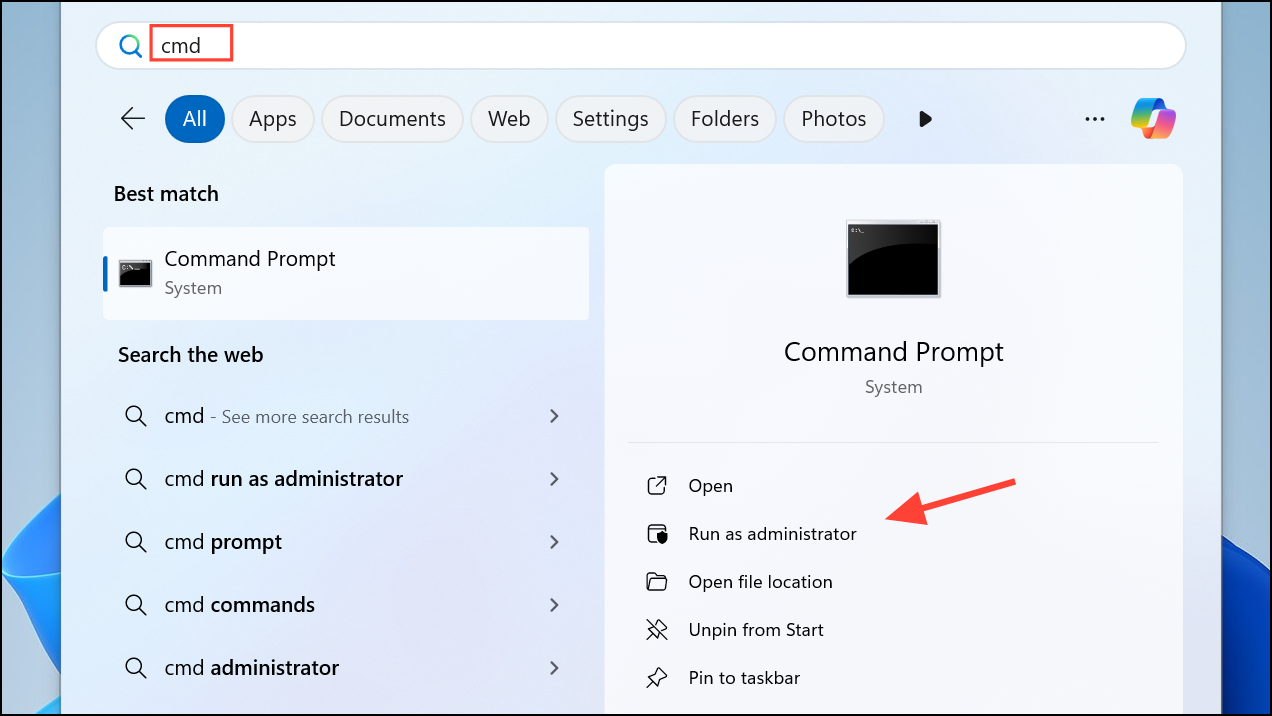
Step 2: Enter the following commands one by one, pressing Enter after each. These commands reset proxy settings, Winsock (Windows Sockets API), TCP/IP stack, and clear DNS cache:
netsh winhttp reset proxy
netsh winsock reset catalog
netsh int ip reset all
ipconfig /flushdns
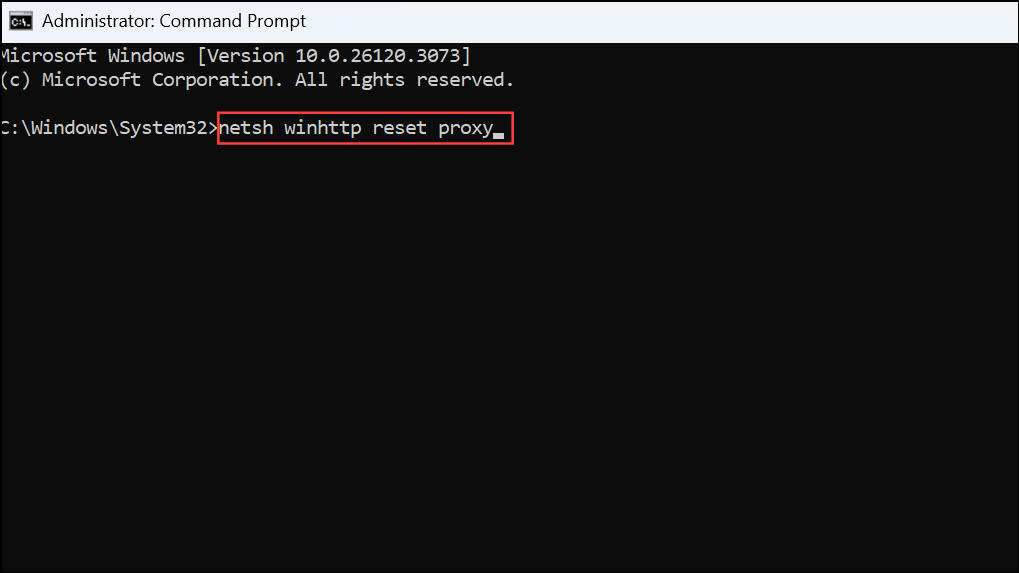
Step 3: Close the Command Prompt window after all commands complete.
Step 4: Restart your computer. This ensures that all changes take effect and network components reload with default configurations.
This method is especially useful for advanced users, IT professionals, or when scripting network repairs across multiple systems.
Reset Network Adapter via Device Manager
If the above methods do not resolve the issue or you suspect a specific adapter is malfunctioning, you can uninstall and reinstall the network adapter through Device Manager.
Step 1: Right-click the Start button and select Device Manager from the menu.
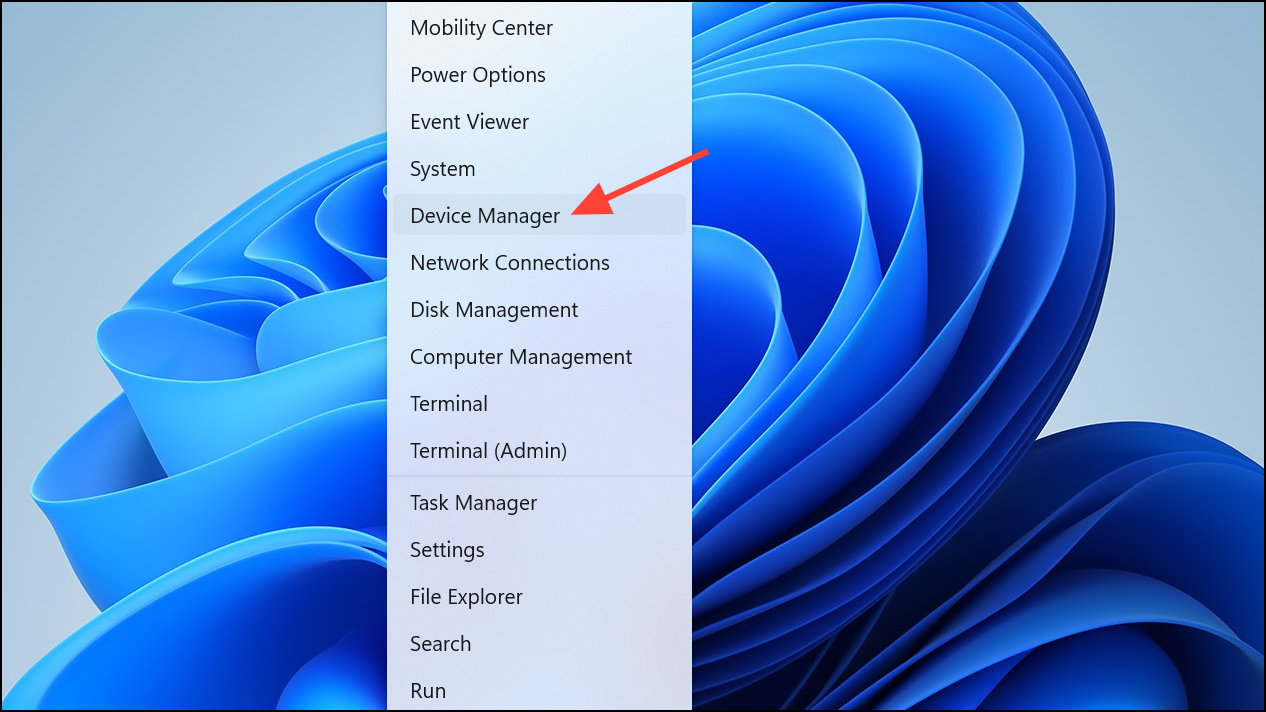
Step 2: Expand the Network adapters section. Right-click the problematic adapter (such as Wi-Fi or Ethernet), then select Uninstall device.
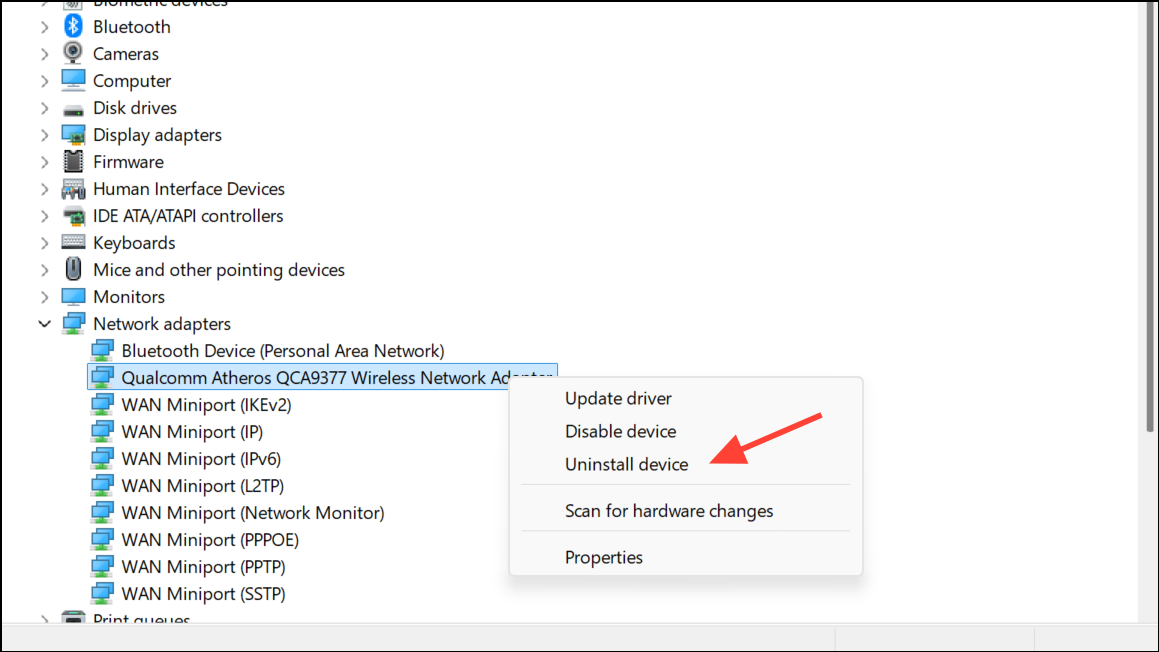
Step 3: Confirm the uninstallation if prompted. Once removed, restart your PC. Windows 11 will automatically detect the missing adapter and reinstall its driver upon reboot.
This approach can fix driver corruption or persistent adapter-specific errors when a full network reset is not desired.
What Happens When You Reset Network Settings?
Resetting network settings in Windows 11 removes all network adapters and reinstalls them, erasing saved Wi-Fi networks, custom DNS, static IPs, proxy configurations, VPN settings, and firewall rules. Bluetooth device pairings and shared network drives may also be cleared, requiring reconnection or reconfiguration. This "clean slate" approach resolves issues caused by misconfigured settings, outdated drivers, or conflicting software. After the reset, you must rejoin Wi-Fi networks, re-enter passwords, and restore any custom network settings or VPN software as needed.
Backing Up and Restoring Wi-Fi Profiles
Since network reset deletes all saved Wi-Fi networks, backing up your profiles can save time if you frequently connect to multiple wireless networks.
Step 1: Create a backup folder, such as C:\WiFiBackup.
Step 2: Open Command Prompt as a standard user and run:
netsh wlan export profile folder="C:\WiFiBackup" key=clear

This exports all saved Wi-Fi profiles, including passwords, as XML files to the backup folder.
Step 3: After resetting your network and restarting, open Command Prompt as an administrator. Restore the profiles by running:
for %f in ("C:\WiFiBackup\*.xml") do netsh wlan add profile filename="%f"
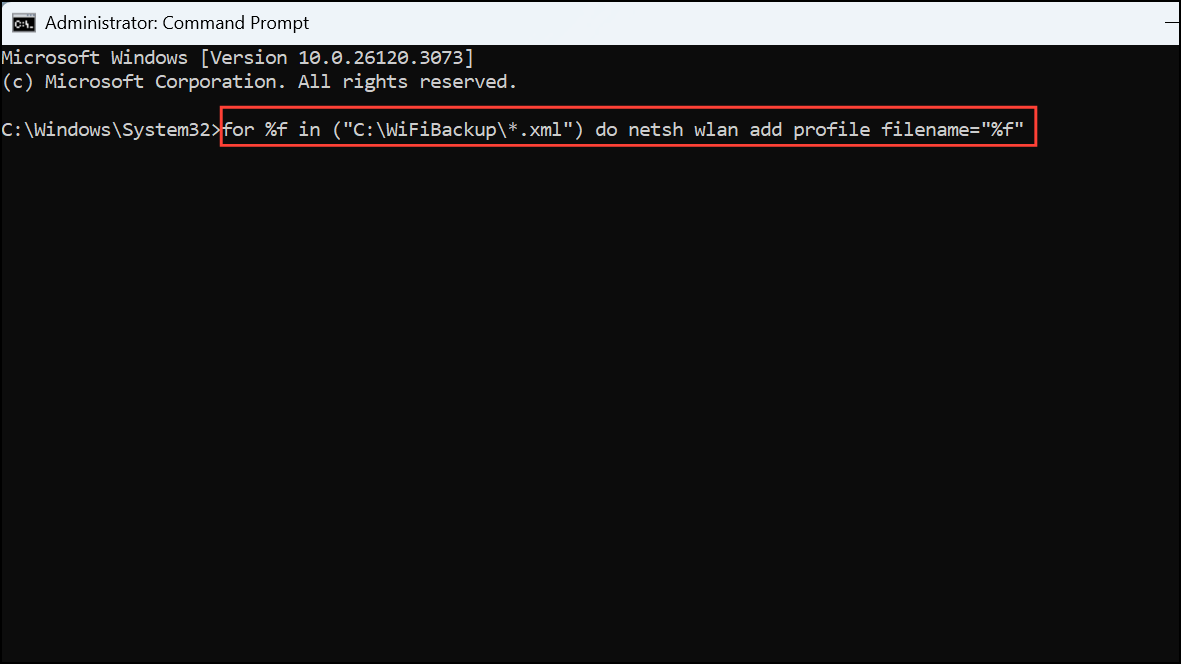
This command imports all saved Wi-Fi profiles back to your system, allowing you to reconnect without re-entering each password.
Resetting network settings on Windows 11 is a reliable way to resolve persistent connectivity problems, restore default configurations, and simplify troubleshooting. Always back up important network profiles before resetting, and be prepared to reapply custom settings after the process completes.


